
For years now, I've owned a Defender, which has had a solid front axle, but have spent quite a few miles behind the wheel of Patrols and Cruisers. I got used to this system and I always thought it would be the default setting for any 4WD vehicle I would own or drive. Strangely enough, my new truck, a '08 Toyota Hilux King Cab, made it a point to change that. For years now, the Japanese manufacturer has been implementing the double wishbone suspension system on one of their most iconic vehicles. Being used to the simplicity and reliability of the solid axle, having this new system seemed strange.
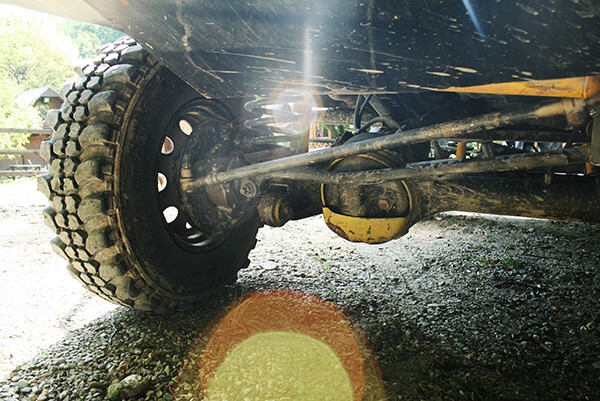
So, what are the pros and cons for either system?
Let's start with the SAS, being the oldest system around. For one, its simple and simple is usually best. For various models, adaptations of the axle were made but it's pretty much the same overall idea. A solid axle protects the CV joints and shafts from rocks, logs and such debris but is also easily upgradable with say a diff locker without running the risk of breakage.

One of the most important pros that I find is the suspension and lifting kits. In order to lift your truck a decent 3-5 inches, the kit needs to be fitted and you're good to go. It never really occurs to you how facile this is until you taste the other side. On a rugged trail, for rock crawling and deep ruts that require flex, an axle will perform a lot better. Then you see that in the financial segment, the SAS undoubtedly shines. Well - outshines the IFS to be more precise.
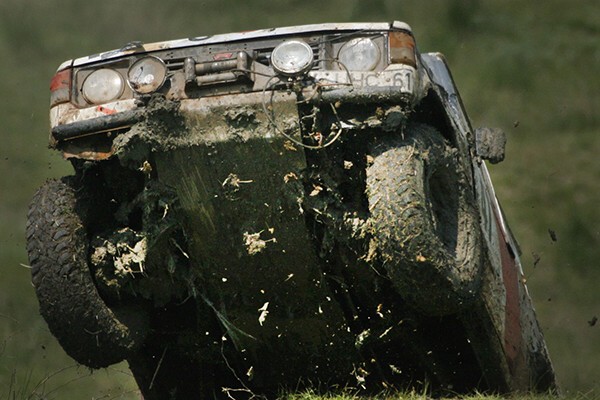
As cons, I would go with heavy. With all it's well earned usefulness, the axle housing is a chunk of metal that you push around. From an economical point of view, this affects your mileage. Another reason why they're not that great has to do with the smoothness of the ride. In all honesty, this can be tweaked by installing adequate shock/suspension combo, so it's not that bad. Along with this, comes the lower ground clearance. By default, the diff tends to be lower on an SAS than on an IFS.
Right, now my newest personal challenge: the IFS system. In all due respect, the thing to be noted about this is the ride. Compared to a truck with a solid axle, the front absorbs off tarmac shocks and allows for a pretty amazing speed, perhaps more so that you can actually handle. The wheels work their magic without interference from the other and thus manage to keep a comfortable atmosphere on what we call washboard roads. This extends to road behavior as well, as they lift, turn and dip quite differently from the solid axles.
Another point where this system takes the lead is weight. Overall, there's not much to it. The control arms are reliable yet light, and there's no pesky housing to be pushing around. In all honesty, they appeal to a different type of riding. It's worth noting that a lot of trucks, including Baja and Dakar run IFS and for good reason. For longer rides such as expedition, one can see the appeal of this system, with damaged roads, desert runs or washed out gravel paths.
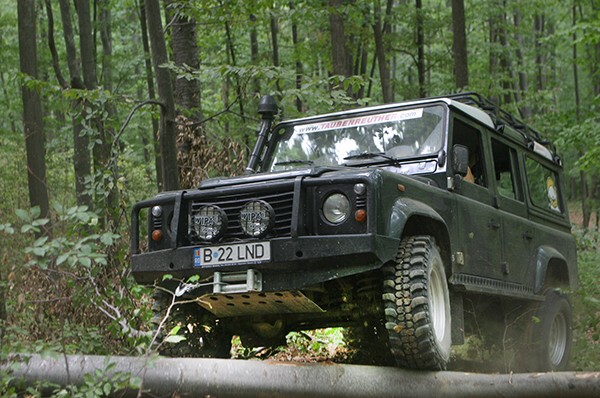
Now for the cons - I did have quite a bit of time to think about this and I must say that, at the top of the list is suspension and lifts. A few days back, I took my Land Cruiser 120 for a check-up and it turned out that the control arms need changing. They did last through almost two hundred thousand kilometers, some of which in Africa. However, that is a cost that you wouldn't have with an SAS, and not a small one at that.
Due to the strange control arm system, lifting your truck can be done in two ways: one of them is getting a 3 inch lift kit with a diff drop kit and settling for that. Basically, that the best you'll ever get on the factory arms because they pivot around the chassis with the wishbone length being the radius. This creates an army of problems, of which damaged CV joints/boots are the most common and expensive. The second system is comprised of longer arms. Companies such as Total Chaos specialize in modifying the suspension with longer control arms, shafts and steering. They will widen your track and allow you about 7 inches worth of lift but for a cost that'll make you consider selling the truck. It is still a complicated procedure to undertake and its success is solely dependant on the quality of the aftermarket components.
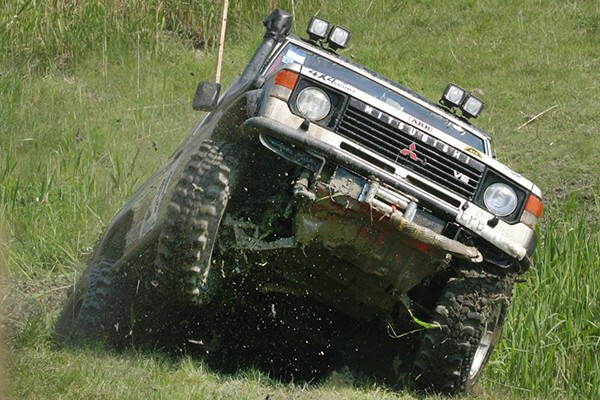
Another issue is fragility. Considering that you'll only go as high as 3 inches, youre still changing the angles of your CVs enough to cause accentuated wear to them and the boots. More moving parts of any kind in a system means more things that can break and the IFS is no exception. One issue that I get very touchy about is seeing the shafts. It's simply that I'm used with the go-anywhere housing of the SAS but it feels like they will break at the smallest impact with anything. When out on the trail, each bump, rock or log feels to me like it's going to rip the whole thing apart. It's more of a psychological concern since the Hilux has proved to me, repeatedly I may add, that it can take a serious pounding before calling it quits.
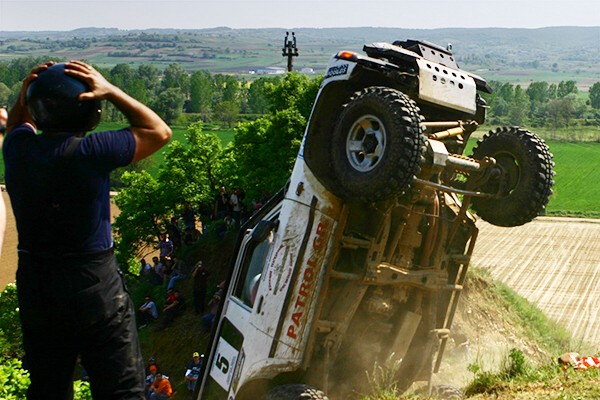
We could go on forever with pros and cons but it all boils down to what you want to do. We're not here to choose for anyone the best system, but merely to make a small analysis. Whether you use your truck as a daily driver, rock crawler or expedition transport, the best system will always be the one that you feel most confortable with.